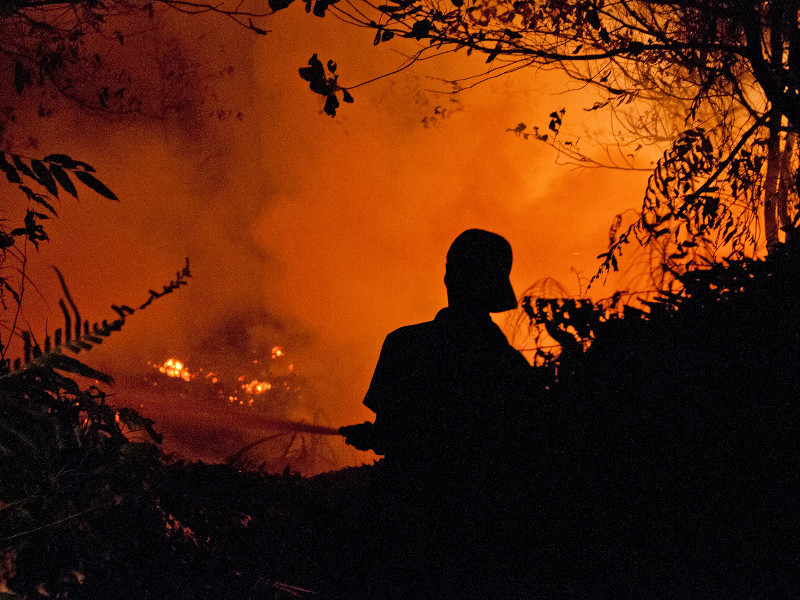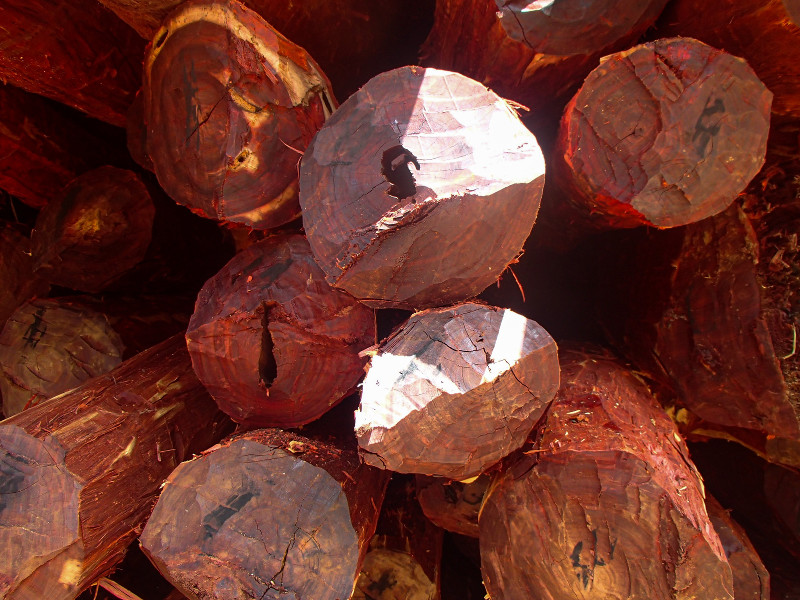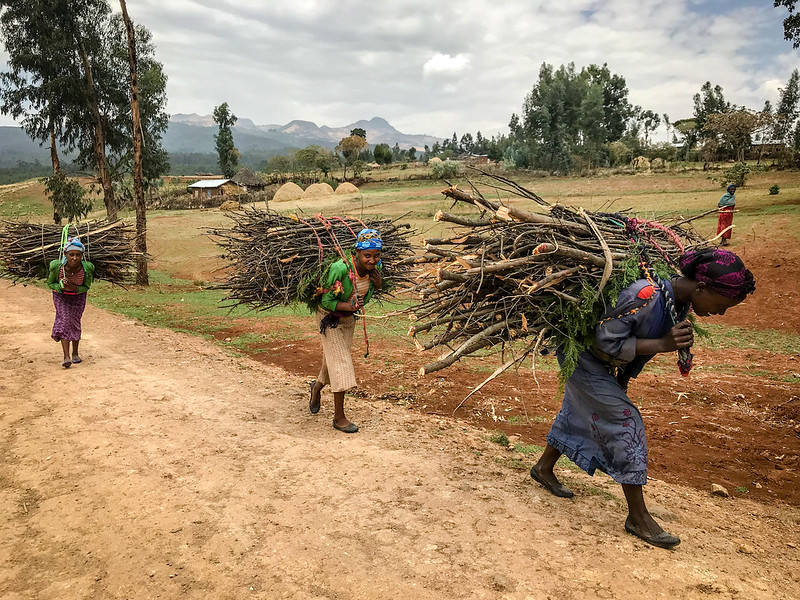Stable isotopes of tree rings are frequently used as proxies in climate change studies. However, species-specific relationships between climate and tree-ring stable isotopes have not yet been studied in riparian forests in the savannas of West Africa. Four cross-dated discs, each of Afzelia africana Sm. (evergreen) and Anogeissus leiocarpus (DC.) Guill. & Perr. (deciduous) in the humid (HSZ) and dry (DSZ) savanna zones of the Volta basin in Ghana were selected from a larger tree-ring dataset to assess the relationships between the tree-ring carbon isotope composition (δ13C values) and climatic parameters. The atmospherically corrected δ13C values of both studied species showed that A. africana was enriched in 13C compared to A. leiocarpus. Strong correlations were found between δ13C values of A. africana and A. leiocarpus with temperature, but weak correlations with precipitation. Spatial correlation analysis revealed significant relationships between δ13C values of both tree species and Sea Surface Temperatures in the Gulf of Guinea in the southern Atlantic Ocean. The results suggest that the carbon isotope composition of riparian trees in the Volta river basin has a potential to reconstruct climate variability and to assess tree ecological responses to climate change.
DOI:
https://doi.org/10.3390/f10030251
Altmetric score:
Dimensions Citation Count:
























